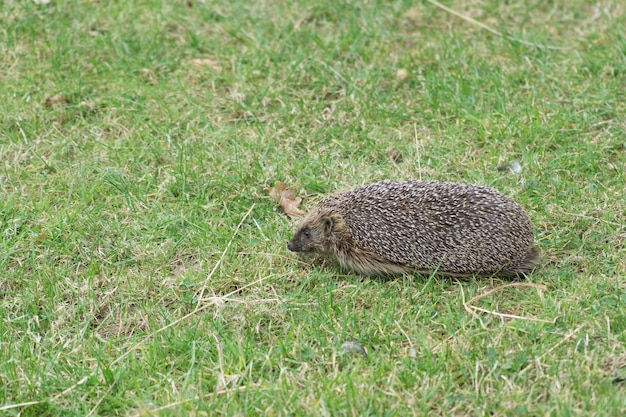European Hedgehog (Erinaceus europaeus) – Free Stock Photo for Download
European Hedgehog (Erinaceus europaeus)
The European Hedgehog, scientifically known as Erinaceus europaeus, is a charming little creature that brings joy to nature lovers and wildlife enthusiasts alike. Often seen wandering through gardens and parks, these hedgehogs are known for their distinctive spiny coat and endearing behavior.
Physical Characteristics
European Hedgehogs have a round body covered in sharp spines, providing them with essential protection against predators. Here are some key features of this adorable animal:
- Size: Typically measures about 22 to 30 cm in length.
- Weight: Average adult hedgehogs can weigh between 600 grams and 1.5 kg.
- Color: Their fur is usually brown, with lighter underbellies.
Habitat and Behavior
These hedgehogs can be found in a variety of habitats, including:
- Woodlands
- Grasslands
- Gardens
- Parks
They are primarily nocturnal creatures, meaning they are most active during the night. As they search for food, they can travel several kilometers in one night. Hedgehogs are known for their remarkable sense of smell and hearing, which help them locate insects, earthworms, and other small invertebrates.
Diet and Feeding Habits
The diet of the European Hedgehog consists mainly of:
- Insects
- Worms
- Slugs and Snails
- Fruits and Vegetables
These small animals play an essential role in maintaining the balance in their ecosystems by controlling insect populations.
Conservation Status
While the European Hedgehog is a beloved feature of many gardens and parks, their populations have seen a decline in recent years due to habitat loss, road fatalities, and predation from domestic animals. Various conservation efforts are in place to protect their habitats and promote awareness about these delightful creatures.
How to Help European Hedgehogs
Here are some simple ways you can help the European Hedgehog thrive in your area:
- Provide a hedgehog-friendly garden by adding natural habitats like log piles and native plants.
- Avoid using pesticides and chemicals that can harm their food supply.
- Create hedgehog holes in garden fences to allow them to roam freely.
- Ensure that garden ponds have easy access points for hedgehogs to drink water.
The European Hedgehog is a beautiful and important part of our natural world. By understanding and protecting these animals, we can continue to enjoy their presence in our gardens and beyond.












